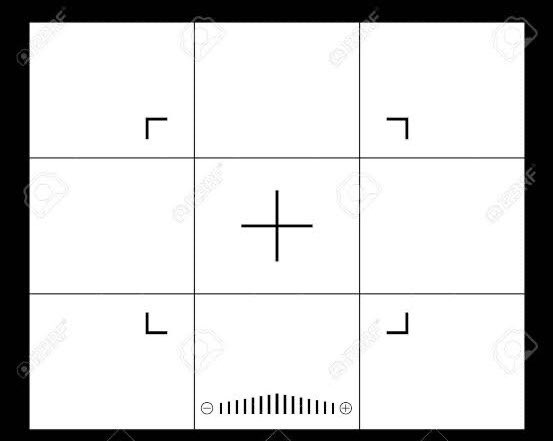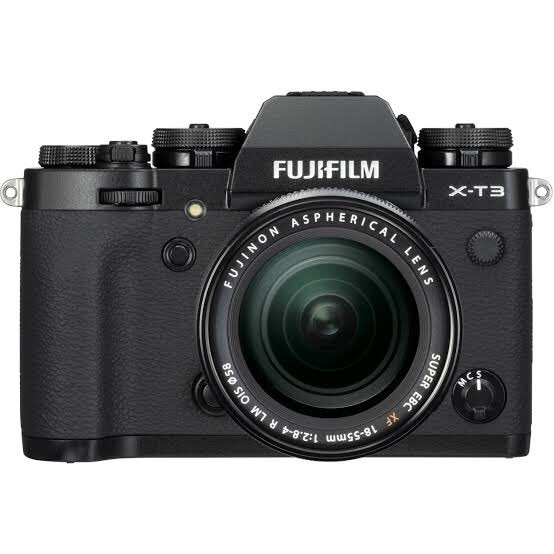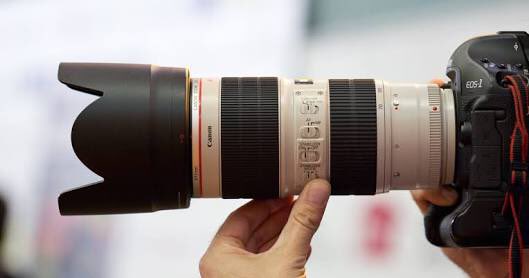A-Z of Photography
I will do that thread tomorrow morning!
Check it under this tweet!
I will do that thread tomorrow morning!
Check it under this tweet!
A-Z
A for Aperture.
Aperture controls what we call Depth of field. Depth of field has to do with what’s in focus before and behind where you put your camera focus on.
A for Aperture.
Aperture controls what we call Depth of field. Depth of field has to do with what’s in focus before and behind where you put your camera focus on.
B for BOKEH
Bokeh is the amount of blur produced in the out of focus area of a photograph often when you shoot wide open (small F-number)
Bokeh is the amount of blur produced in the out of focus area of a photograph often when you shoot wide open (small F-number)
C for Composition.
composition is simply the ability to arrange the elements in the picture in a way that is pleasing to the eyes while telling the story properly.
composition is simply the ability to arrange the elements in the picture in a way that is pleasing to the eyes while telling the story properly.
D for Depth of Field
Depth of field has to do with what’s in focus before and behind where you put your camera focus on. So we have small depth of field (otherwise called shallow depth of field) and Large depth of field.
Depth of field has to do with what’s in focus before and behind where you put your camera focus on. So we have small depth of field (otherwise called shallow depth of field) and Large depth of field.
E for Exposure
Exposure is the total amount of light reaching the camera sensor. It determines how bright or dark a photograph is.
Exposure is the total amount of light reaching the camera sensor. It determines how bright or dark a photograph is.
F is for Focal Length.
A focal length is the distance between the center of the camera lens and the camera sensor.
It’s always measured in millimeters (mm)
That’s why you have 50mm, 35mm lenses etc
A focal length is the distance between the center of the camera lens and the camera sensor.
It’s always measured in millimeters (mm)
That’s why you have 50mm, 35mm lenses etc
G is for Golden hour
Most photographers talk about golden hour. It’s the time just after sun rise and before sun set.
The light quality in these times are usually very soft.
Most photographers talk about golden hour. It’s the time just after sun rise and before sun set.
The light quality in these times are usually very soft.
H is for High speed sync.
Highspeed sync:DSLR& #39;s ability to use a flash at shutter speeds faster than the camera& #39;s native sync.Most cameras have a native sync of 1/250th of a second,and anything faster than that is beyond the camera& #39;s ability to sync the shutter with the flash.
Highspeed sync:DSLR& #39;s ability to use a flash at shutter speeds faster than the camera& #39;s native sync.Most cameras have a native sync of 1/250th of a second,and anything faster than that is beyond the camera& #39;s ability to sync the shutter with the flash.
I is for ISO
ISO is about how sensitive your camera sensor is towards light.
The higher the ISO, the more sensitive your camera sensor is to light.
ISO is about how sensitive your camera sensor is towards light.
The higher the ISO, the more sensitive your camera sensor is to light.
J is for JPEG
JPEG stands for Joint photographics Expert group.
This is a method of image compression which the size of the images can be adjusted.
The file size is usually smaller than shooting on Raw.
JPEG stands for Joint photographics Expert group.
This is a method of image compression which the size of the images can be adjusted.
The file size is usually smaller than shooting on Raw.
K is for Kelvin.
Kelvin is the unit for measuring color temperature.
Color temperature can be cool or warm.
Kelvin is the unit for measuring color temperature.
Color temperature can be cool or warm.
L is for Lens.
A camera lens is an optical lens or assembly of lenses used in conjunction with a camera body and mechanism to make images of objects either on photographic film or on other media capable of storing an image.
2 types of lenses
1. Zoom lens
2. Prime lens
A camera lens is an optical lens or assembly of lenses used in conjunction with a camera body and mechanism to make images of objects either on photographic film or on other media capable of storing an image.
2 types of lenses
1. Zoom lens
2. Prime lens
M is for Manual mode.
Manual mode is the settings on your camera that you’re in control of everything: Aperture, Shutter Speed and ISO.
Most photographers enjoy the control this function gives them.
Manual mode is the settings on your camera that you’re in control of everything: Aperture, Shutter Speed and ISO.
Most photographers enjoy the control this function gives them.
N is for Neutral color profile.
The “Neutral“ setting is suitable for expressing subtle nuances within vivid colors, even for objects with considerable contrast, when wishing to convey delicate textures.
I always shoot with the Neutral color profile on my camera.
The “Neutral“ setting is suitable for expressing subtle nuances within vivid colors, even for objects with considerable contrast, when wishing to convey delicate textures.
I always shoot with the Neutral color profile on my camera.
O for Over exposed image
When the light that is captured is way too much and does not represent the what the scene was, it is said to be over exposed!
When the light that is captured is way too much and does not represent the what the scene was, it is said to be over exposed!
P is for portraits
Portrait in photography is a photograph of a person or group of people that captures the personality of the subject by using effective lighting, backdrops, and poses.
Portrait in photography is a photograph of a person or group of people that captures the personality of the subject by using effective lighting, backdrops, and poses.
Q is for quality.
The quality of a photograph is determined by the lighting, composition, exposure, color etc in the image.
The quality of a photograph is determined by the lighting, composition, exposure, color etc in the image.
R is for Rule of third.
You ability to divide the view finder of your camera into vertical and horizontal thirds.
Try not to put your subject in the middle of the frame. Always try to arrange your subject of interest along those lines.
You ability to divide the view finder of your camera into vertical and horizontal thirds.
Try not to put your subject in the middle of the frame. Always try to arrange your subject of interest along those lines.
S is for Saturation.
Saturation is the color intensity in a photograph.
It could be highly saturated or desaturated (low)
Stay away from high saturation.
Saturation is the color intensity in a photograph.
It could be highly saturated or desaturated (low)
Stay away from high saturation.
T is for Timer.
Your camera has a timer that allows you to choose the number of seconds for a photograph to be taken after the shutter button has been pressed.
This is how most self portraits are taken.
Your camera has a timer that allows you to choose the number of seconds for a photograph to be taken after the shutter button has been pressed.
This is how most self portraits are taken.
U is for UV filter.
A UV filter is usually placed in front of your camera lens to protect ultraviolet rays from getting to your camera.
This is different from an ND filter!
A UV filter is usually placed in front of your camera lens to protect ultraviolet rays from getting to your camera.
This is different from an ND filter!
V is for View finder.
A View finder allows you to see what you want to frame and photograph with your camera.
A View finder allows you to see what you want to frame and photograph with your camera.
W is for White balance.
The process of balancing white in an image is called White balance.
Always shoot with a grey card to enable you achieve true white.
The process of balancing white in an image is called White balance.
Always shoot with a grey card to enable you achieve true white.
Y is for Yellow Filter.
This is the filter used by black and white photographer, the camera records every other color except yellow.
This is the filter used by black and white photographer, the camera records every other color except yellow.
Z is for Zoom lens
A zoom lens is a mechanical assembly of lens elements for which the focal length can be varied, as opposed to a fixed focal length lens. A true zoom lens, also called a parfocal lens, is one that maintains focus when its focal length changes.
A zoom lens is a mechanical assembly of lens elements for which the focal length can be varied, as opposed to a fixed focal length lens. A true zoom lens, also called a parfocal lens, is one that maintains focus when its focal length changes.
That’s the end of the thread A-Z of Photography.
I hope it was useful.
Follow me for more photography content. Retweet for other photographers to see.
Thank you
I hope it was useful.
Follow me for more photography content. Retweet for other photographers to see.
Thank you

 Read on Twitter
Read on Twitter




